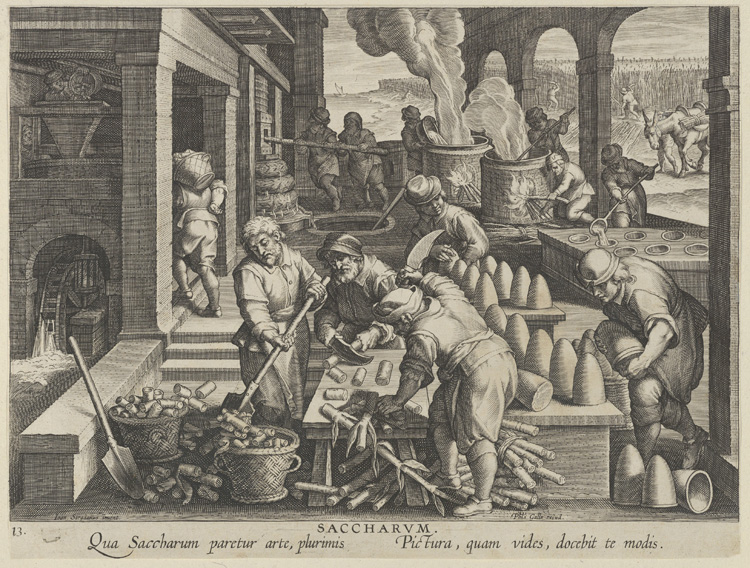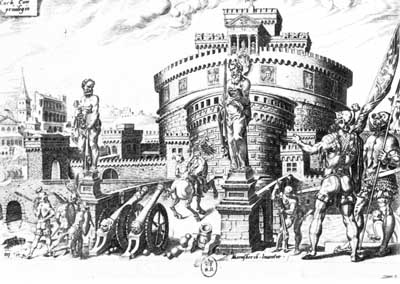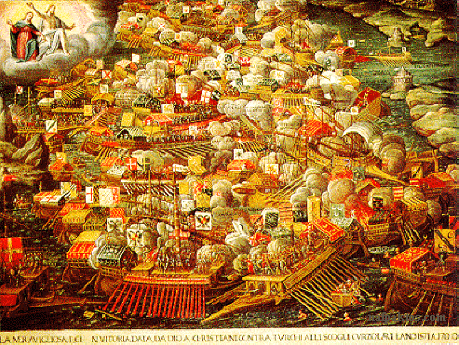13 Wars and Transitions
Era 1490-ca 1540 (or 1559):
- a major turning point in European political history
- balance of power in Europe: from Mediterranean to Atlantic
- transition from “late medieval” structures to “early modern”
- coincides with spread of Renaissance culture to N. Europe
- religious controversies
General political scene in Europe ca 1450
England
Hundred Years War (Joan of Arc burned, 1431)
Wars of the Roses; rise of Tudors after 1485
France: strong recovery from 100 yrs war. Large army
HRE: Habsburgs
Iberian peninsula: main transitions 1490s and later
end of reconquista
early trading posts in N Africa etc.
Italy: balance of power with Lodi, 1454
Byzantines: Constantinople falls to Turks 1453.
End of Roman Empire
From Mediterranean to Atlantic Economy
East Asia and overland trade
Turkish expansion continues
Portugal, Aragon, Castile (soon linked)
Portugal
naval technology
Papal recognition: African coast, Atlantic islands
Commodity agriculture
Sugar, sweet wine production; competition w. Sicily (Aragon)

Processing raw sugarcane into solid sugar loaves. The Invention of Sugar Refinery, Jan Collaert I after Jan van der Straet, called Stradanus. Engraving, 10 5/8 x 7 7/8 in. In New Inventions of Modern Times (Nova Reperta…) (Antwerp: Philips Galle, ca. 1600), pl. 13. The Metropolitan Museum of Art, 49.95.870(4). The Elisha Whittelsey Collection, The Elisha Whittelsey Fund, 1949. Source: www.metmuseum.org
plantation farming: African slaves
metals: E. Europe. Antwerp: central trade location
Aragon and Castile
1492 Joint admin Ferdinand of Aragon, Isabella of Castile
expulsions of Muslims, Jews
reorganized bureaucracy
papal-supervised treaties, 1494, 1529
colonization of New World: Castille
Effects on Europe 16th c: economy
New centers of wealth: Iberian peninsula, Low Countries
Inflation
Italian peninsula: “Wars of Italy”
Stability: Lodi 1454
Destabilization: deaths of Lorenzo de’ Medici (1492),
Ferrante of Naples (1494)
instability in Milan
Milanese faction reminds Charles VIII (Fr): claims to Naples
French army crosses Alps Sept. 1494
Did not stay but warfare continues
Pope Alexander VI: “Holy League”
Papacy, Venice, Milan, Emperor Maximilian, K of Aragon
Supposedly against Turks; really against Charles VIII
Louis XII of France (1498-1515) Milan 1499
1508 League formed at Cambrai against Venice (Agnadello 1509)
1511 New Holy League against French
1512 Medici return to Florence
Last main phase: Francis I and Charles V
Francis I 1515 retakes Milan
1516 Charles inherits Spanish crown (HRE 1519: Charles V)
— French lose to HRE 1525

Sack of Rome 1527
Final phases of War:
1529 treaties (Barcelona and Cambrai):
Spanish win title to Naples; end of French claims to Milan
1559 Treaty of Cateau-Cambrésis, 1559
Spanish Habsburgs in much of Italy

Lepanto 1571, near Gulf of Corinth
Holy league victory (Venice, Philip II of Spain, Pope Pius V) over Turks
Effects
- Decline of Italy?
- Still independent: Venice, Papal States, some smaller states
Politics, religious reform
- Atlantic economy
- “early modern” economy
- relative vs absolute decline: ex: Florence and Tuscany
- wool industry, silk
- urban, rural investments
- Trade via Livorno
Turkish threat unevenly felt; so too New World
Religion
regional differences, warfare
Christian realms
